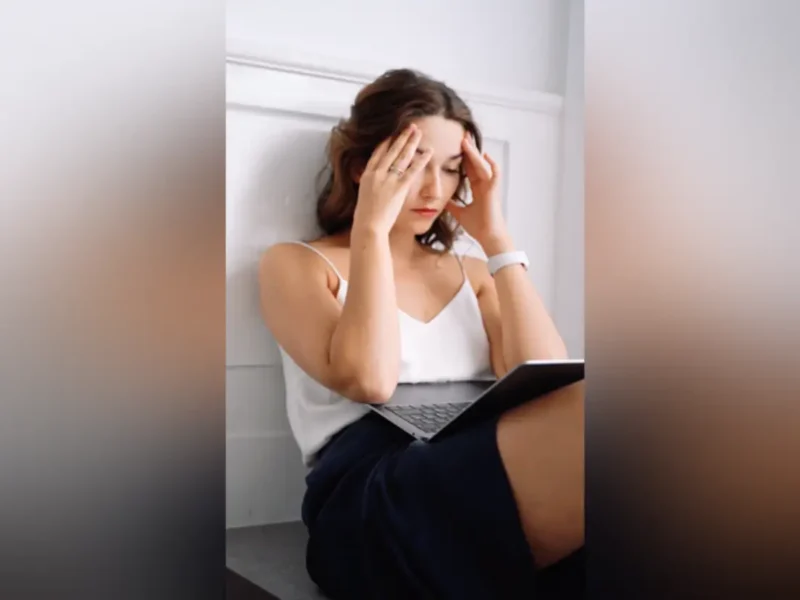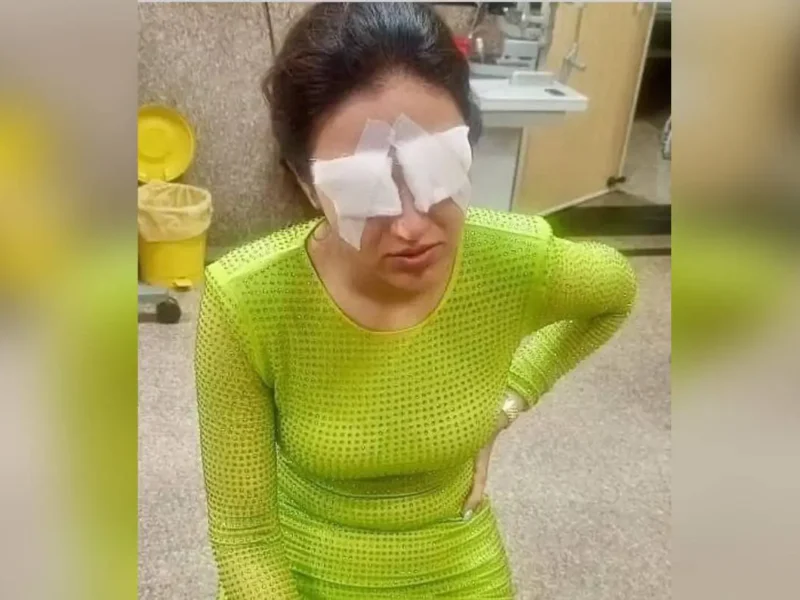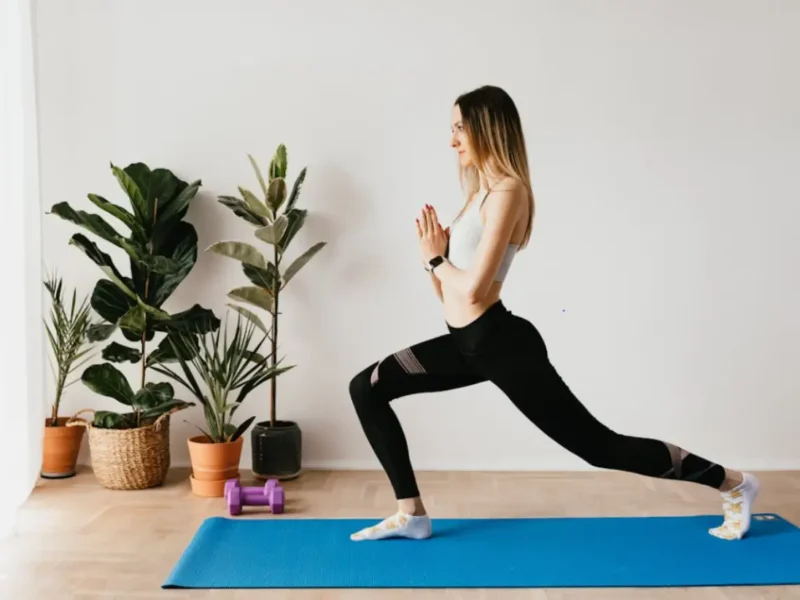
Asanas Cope With Depression, Stress, And Anxiety
Yoga can be a useful means to supplement psychotherapeutic treatment for depression, anxiety, and stress. Here are 5 asanas that can be easily incorporated in daily schedules:
Balasana (Child Pose)
Balasana is a comfortable pose that stretches the upper-body and back muscles, relaxing the body and mind. It relieves tension from muscles, leading to improved posture, blood circulation, and alleviation of stress. Performing the Balasana is easy and comforting. Kneel and sit on your heels onto a yoga mat, touching the big toes together. Spread your knees hip-width apart and place your palms on your knees. Now, bend your torso forward and between your divided thighs, and touch your forehead to the mat. Bring your arms forward and place them on the mat, stretched out in front of you. Hold the position for a few minutes and return to the initial position slowly. Balasana induces a state of calmness, relieving stress and anxiety effectively, helping in dealing with bouts of depression with better preparedness.
Sethu Bandhasana (Bridge Pose)
This is a powerful inversion that opens the chest cavity, improving cardiovascular health and increasing clarity and focus. This pose is also a great way to open and strengthen the back, hips, and hamstrings, working wonders for the tensed rear musculature. To perform the Sethu Bandhasana, lie down on the mat on your back. Place your palms facing down by either side of the body and fold the knees to bring the heels closer to your hips. Keep the feet a few inches apart. Now, gently elevate your hips and back from the floor and hold the position for a few minutes. Relax and return to the initial position, exhaling as you do so.
Savasana (Corpse Pose)
A thoroughly rejuvenating and relaxing pose, the Savasana is a great way to calm the body and mind, alleviating tension from the muscles and causing relief from the effects of stress and anxiety. It provides a scope for healing and relaxing for individuals. Savasana is performed by simply lying down on a yoga mat facing the ceiling. Keep your legs and feet a few inches apart, letting them fall sideways. Place your hands on either side of the body with the palms facing upward, while relaxing the body in this position for a few minutes. Now close your eyes and allow your body and mind to relax.
Uttansana (Standing Forward Fold)
Uttanasana is a great way to stretch the legs, back, shoulders and neck. It improves blood circulation and the overall functioning of the nervous system. It produces calming effects and reduces stress and anxiety effectively. To perform the Uttanasana, stand straight with your arms by your side. Bend forward at the hips, trying to go as low as possible, till your chest touches your thighs and your head reaches your knees. Hold this position for a few breaths before gently releasing it and resuming the initial position.
Halasana (Plow Pose)
It is an effective pose that stretches the entire back, improving posture. This asana has a relieving effect for the brain and provides a great stretch for the entire body. The effects of this asana also help in managing symptoms of insomnia, relieving fatigue and anxiety. Halasana is performed by lying down on your back, with your arms by your side and feet joined together. Lift your legs up in a 90-degree angle and hold your hips with the help of your hands to support the elevation. Now, bring the feet back and down to the floor, extending behind the head. Ensure that the thighs remain straight and avoid touching them to your head. Hold this position for a few breaths and release the position while exhaling to resume the initial lying down pose.
Yoga can become a great way to manage everyday stress, anxiety, and depression effectively. (IANS)




